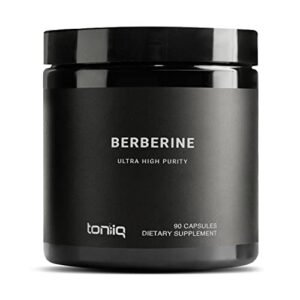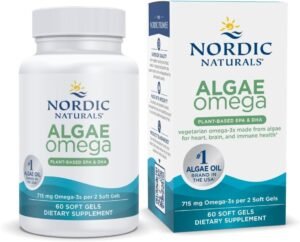Calorie Breakdown of Chicken: Breast, Thigh, Wing, and More
Chicken is a versatile protein powerhouse that fits well into various diet plans. Understanding the calorie content and nutritional benefits of different chicken parts can help you make informed dietary choices. Let’s dive into the calorie breakdown of chicken breast, thigh, wing, and more to optimize your healthy eating habits.
Chicken Breast
Renowned for its high protein content and low fat, the chicken breast is a favorite among fitness enthusiasts. A 3-ounce serving of skinless, boneless chicken breast contains approximately 130 calories, providing a significant 26 grams of protein and just 2.7 grams of fat.
According to the USDA National Nutrient Database, the lean nature of chicken breast makes it ideal for those aiming to manage their calorie intake while still meeting their protein needs.
Chicken Thigh
For those who prefer a richer flavor, chicken thighs offer a tasty alternative. A 3-ounce serving of cooked chicken thigh provides around 180 calories, with 22 grams of protein and 11 grams of fat. The higher fat content contributes to its tenderness and flavor.
Studies suggest that the inclusion of chicken thigh in moderation can be part of a balanced diet, especially when cooked using healthy methods like grilling or baking.
Chicken Wing
Often enjoyed as a snack or appetizer, chicken wings are popular for their crispy skin and juicy meat. A single chicken wing with skin contains about 80 calories, providing 6 grams of protein and 5 grams of fat, without sauce or seasoning additions.
Due to the potential for increased calorie consumption when fried or coated in sauces, it’s advisable to opt for baked alternatives to minimize calorie intake.
Whole Chicken
Considering a whole chicken can be economical and versatile, but it’s essential to note the varied calorie content depending on the cut and cooking method. On average, a 3-ounce portion of roasted whole chicken with skin will provide roughly 180 calories.
- Choose skinless options to reduce calorie and fat intake.
- Combine with veggies for a well-rounded meal.
Nutritional Benefits of Chicken
Chicken is not only a low-calorie, high-protein option but also rich in essential nutrients like B vitamins, phosphorus, and selenium. The high protein content aids muscle growth and repair, while other nutrients support overall health.
According to the study published in the Journal of Nutrition, the balanced intake of lean protein such as chicken is linked to increased satiety and weight management.
Incorporating chicken into your diet, while being mindful of portion sizes and preparation methods, can be a delicious way to fulfill your nutritional needs!
Whether you favor the lean breast or the flavorful thigh, understanding the calorie content and benefits of different chicken parts can enhance your dietary decisions!
Stay informed and make smart choices with your chicken-based meals.












